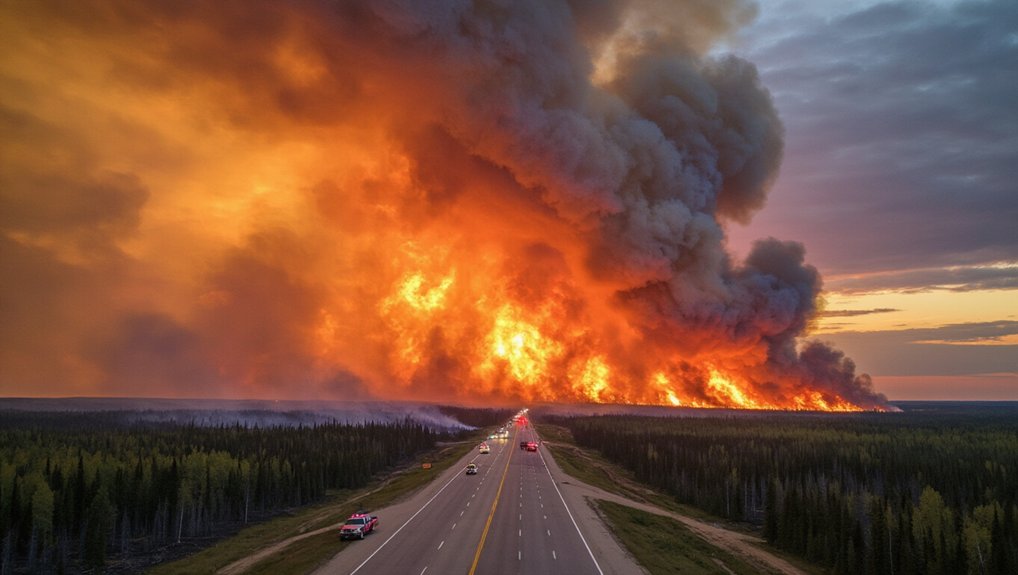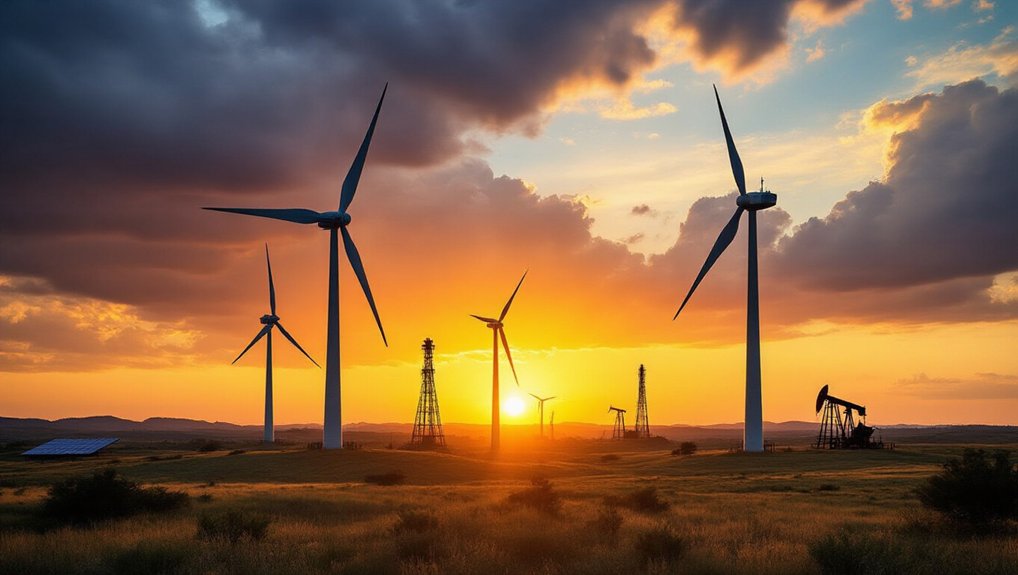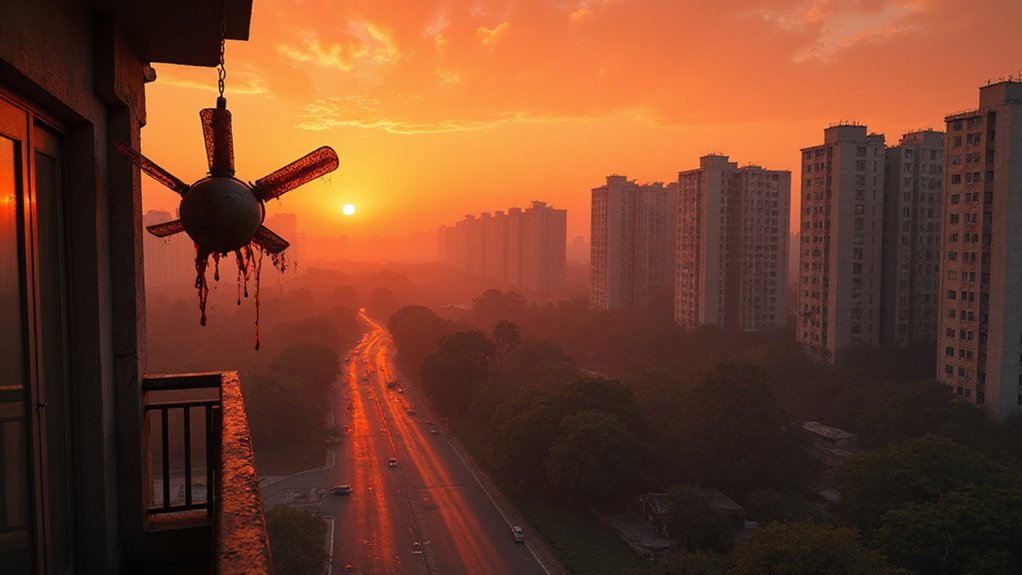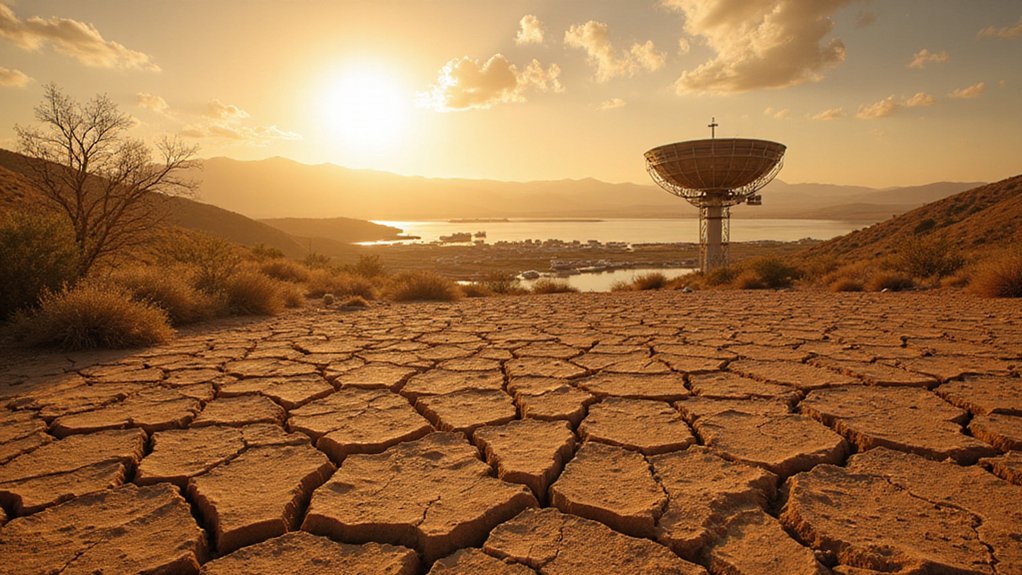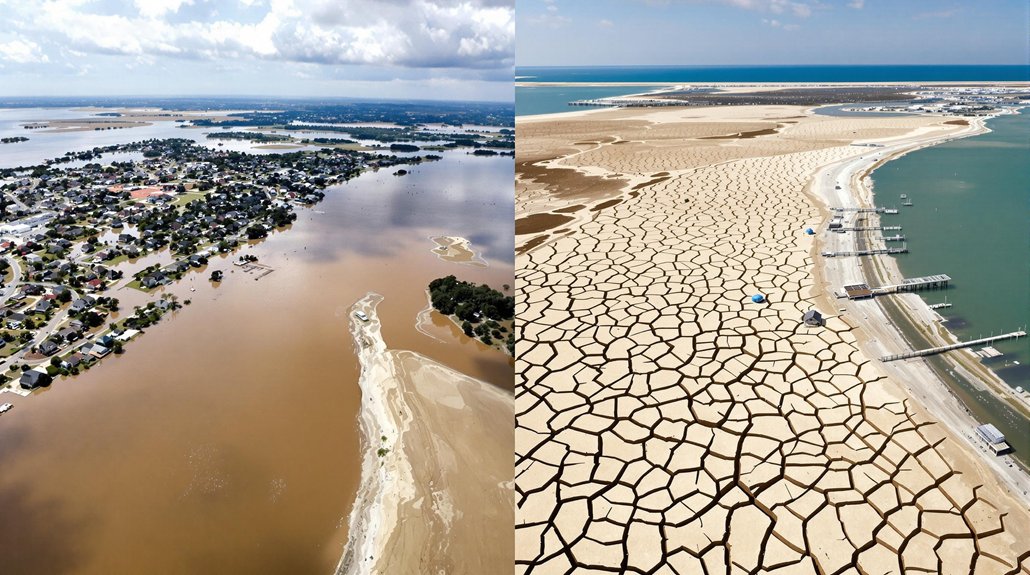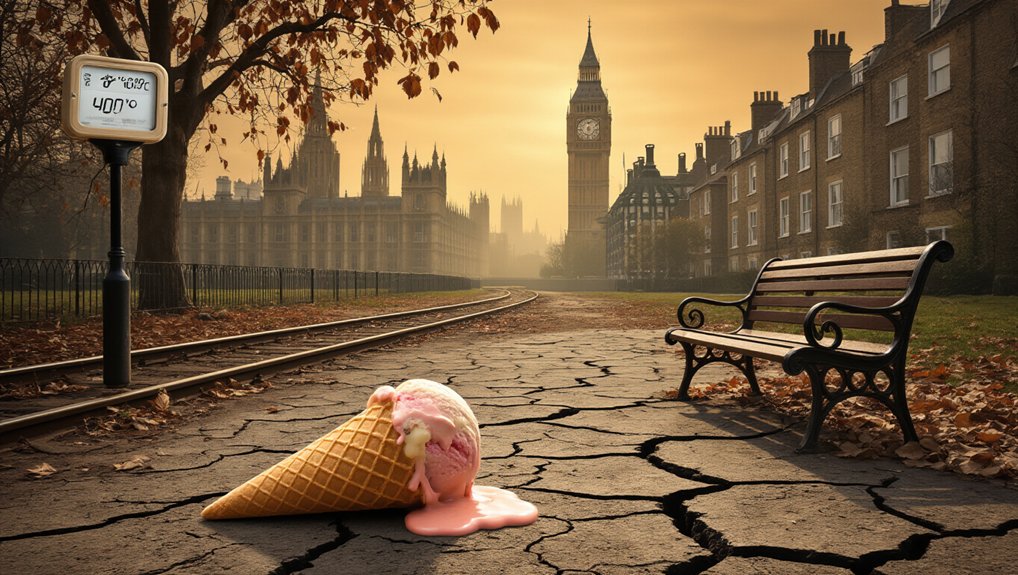The flames don’t care about provincial borders. A wildfire that started in Saskatchewan just waltzed right into Manitoba, growing bigger and angrier along the way. Welcome to the 2025 fire season, where Manitoba is burning through records nobody wants to break.
Seventeen thousand people have fled their homes. That’s not a typo. Flin Flon, normally home to 5,000 residents, sits empty now. The entire city evacuated as flames crept closer, because apparently this is what passes for spring in northern Canada these days. Even the hospital patients got shipped out early – better safe than crispy.
Seventeen thousand people evacuated. Entire cities emptied. This is spring in northern Canada now.
Manitoba’s premier declared a province-wide state of emergency, which is government-speak for “things are really, really bad.” The Canadian Armed Forces showed up with their big planes to help get people out. First Nations communities like Pimicikamak, Mathias Colomb, and Cross Lake packed up and left. Over in Saskatchewan, Creighton’s 1,200 residents bailed too when fire threatened to cut off their only road out.
The numbers are staggering. Manitoba’s dealing with 22 active wildfires right now, part of over 100 total this year. That’s already more than a normal season’s worth. Across the country, 134 fires are burning, and half are completely out of control. Manitoba wins the dubious honor of having the most wildfire activity in Canada this year. Nearly 200,000 hectares have burned since the season started. That’s triple the average for a typical five-year period, showing just how extreme this season has become.
Hotels filled up fast. Soccer fields became emergency shelters. Corporate spaces turned into temporary homes. The government promises food and basics for evacuees, which is nice, considering these people just lost everything. The Red Cross is handling temporary accommodations in Saskatoon, Regina, and Prince Albert, stretching resources across three provinces.
Hot weather, dry conditions, and wind created the perfect recipe for disaster. Water bombers got grounded in some areas because conditions were too extreme. Two fires in northern Saskatchewan decided to merge, like some kind of flaming monster movie plot.
Emergency crews are coordinating across multiple government levels, trying to manage the chaos. But when fires are crossing borders and merging into mega-blazes, sometimes all you can do is get people out of the way and hope for rain.
References
- https://www.ctvnews.ca/canada/wildfires/article/evacuation-orders-impact-thousands-as-wildfires-continue-burning-in-manitoba-saskatchewan-alberta/
- https://www.the-independent.com/climate-change/news/canada-wildfires-manitoba-state-of-emergency-evacuations-b2759753.html
- https://news.gov.mb.ca/news/index.html?item=69399
- https://www.youtube.com/watch?v=3GSkTuz3M7U
- https://www.youtube.com/watch?v=dkEu-uR6J2c
